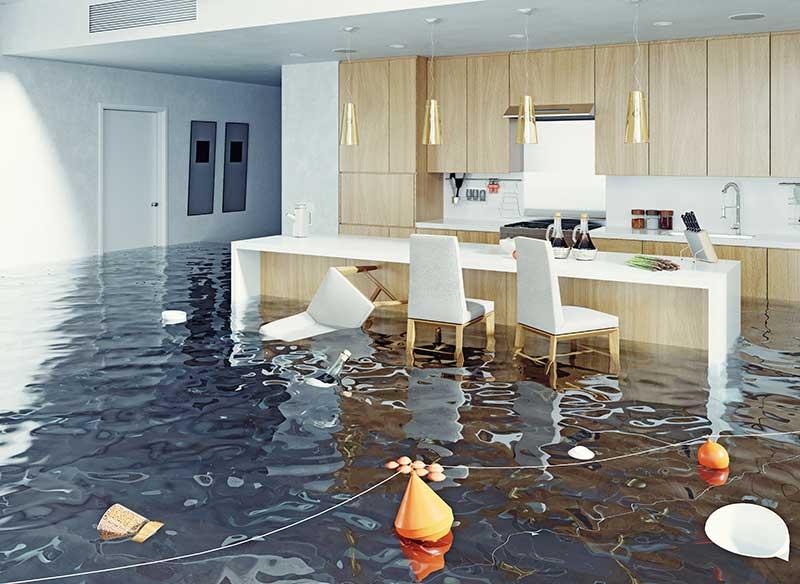Water Damage Restoration – A Brief Preview
It is the procedure of repairing a home or house to its pre loss condition. Damage to the property could be mainly because of an overflow, flood or any other water harm event. The water harm restoration course of action involves numerous important procedures like loss assessment, categorization based on the water contamination levels, decontaminating and drying the structure, monitoring of the course of action and completion of the course of action. There are two big certifying bodies, namely the IICRC (Institute of Inspection, Cleaning and Restoration Certification) and the RIA (Restoration Industry Association) that recommends requirements for water damage restoration. The S500 damage due to water guide is the benchmark tool that is utilized by corporations that specialize in restoration of water harm.
Loss Assessment and Categorization
Loss evaluation is the initially and the most essential step in water harm restoration. The assessment has to be right so that an proper response can be taken. In restorating the damage triggered by water, technicians and the insurance businesses will have to function together and recognize what is damaged and how to go about restoring the harm. Identifying the source of the harm, documentation of damage, and correct estimates are mandatory for a right water damage restoration. Categorization is based on the contamination levels of the water supply. The categories are listed below
Category 1 – This is water from clean sources like pipes, sinks and toilets with out faeces or urine.
Category 2 – This is water that has some contaminants like water from a dishwasher, washing machine or toilet with urine.
Category three – This is water that is hugely unsanitary and is capable of causing illness or death if ingested. Sewage water, water from toilet with faeces, standing water with microbial development and floodwater are some examples.
Decontamination and Drying
Soon after the evaluation is total, the process of drying and decontaminating begins at the internet site. Based on the extent of harm, harm caused due to water can be classified into 4 varieties. Class 1 Damage- When loss is restricted to a little area and much less water has been absorbed by supplies. This results in slow evaporation rate. Class 2 Damage – When the damage is to the complete room and carpet area. Class three Damage – When the entire region is saturated with water and Class four Harm – when there are several deep saturation pockets. Decontamination and drying is a crucial stage in Water damage restoration and equipments like blowers, dehumidifiers, scrubbers and subfloor drying equipments have to be utilized. Denver water damage has to be done if contamination has been detected in the area. Decontamination may perhaps be carried out for the complete region or in precise pockets exactly where contamination has been detected.
Monitoring and Completion
Monitoring the restoration course of action of harm brought on due to damage is important to attain the desired results. One has to be proactive for the duration of the monitoring procedure. Checking if the drying equipment is setup adequately, assessing if the personnel involved are certified for the job and checking if the equipments are in functioning order are all part of the monitoring course of action. Vital measures are to be taken if anything incorrect is spotted in the course of the monitoring method. The entire procedure of water damage restoration would be classified as total only as soon as the humidity, temperature and the moisture content material is as per industry requirements. Upon completion of the water harm restoration process, the drying equipment can be removed.
